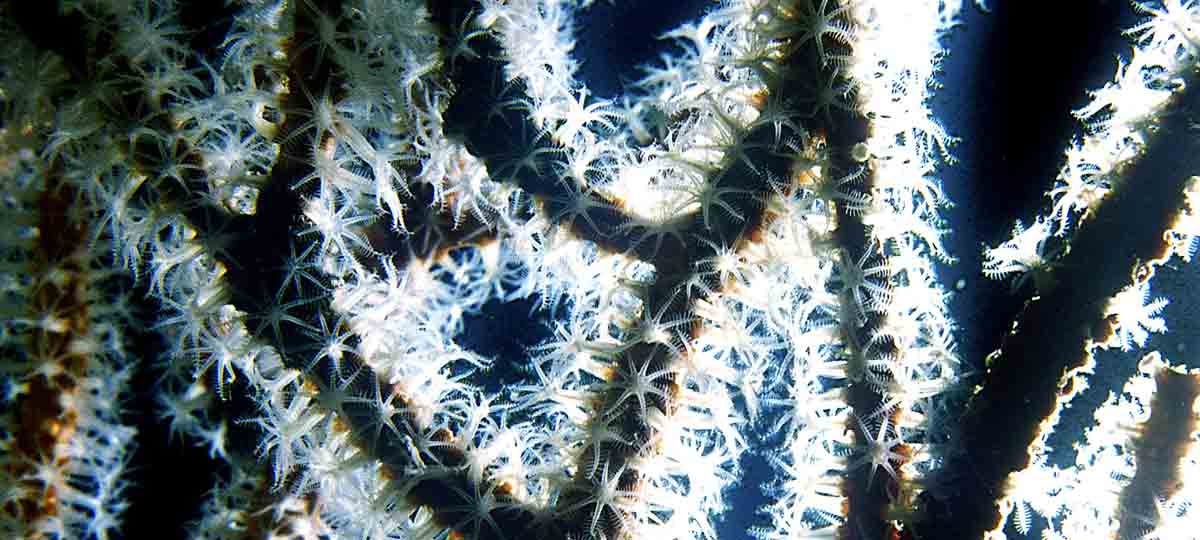Author /Editor: Manuel González, Jordi Blasco, Andrea Del Campo,Manuel Espino, Luis Ferrer, Almudena Fontán, Arnel Germán, Carlos Hernández,Augusto Maidana and Marta Revilla
Year: 2012
Content: The application of a spurious-mode free Finite Element Model (FEM), for the determination of water residence time in Pasaia Bay (SE Bay of Biscay), is presented. Pasaia Bay is a sheltered harbour area, highly anthropogenically-affected, where the astronomical tide is the main forcing mechanism controlling water renewal. The numerical simulation of the currents generated by tides has been performed using also a FEM to solve the shallow water equations. The results obtained have been used to solve the convention-diffusion equation, by means of a linear technique for explicit Flux-Corrected Transport (FEM-FCT). This technique permits the analysis of dispersion in appropriate spatio-temporal scales, according to the harbour domain and assuming that the tidal influence on the currents is high.
In order to determine the horizontal dispersion coefficient, this method of numerical simulation has been used to estimate the turbidity dispersion in the bay, validating the results with in-situ measurements. Finally, the model has been applied to estimate the water residence time, obtaining values of about 4.5 days without diffusion and 60 days with the horizontal diffusion coefficient (0.05 m2•s-1) obtained from the turbidity simulations. The FEM-FCT technique used has limitations related to the maximum admissible time-step, making the computational time useful for simulation of hydrodynamic scenarios, but being inappropriate for operational applications.
Contact: biblioteca@azti.es
Download document: RIM19_7 (5,11 MB)


